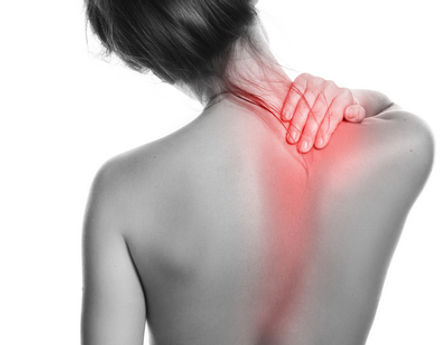Sciatica back pains
Schedule an appointment with a professional rheumatologist consultant to get rid of back pains caused by Sciantica disease. Tap the button below to fill the contact form.
What is Sciatica?
Sciatica is back pain caused by excess pressure on the sciatic nerve, usually caused by a herniated disc, bone spur, or spinal stenosis. The sciatic nerve runs from the lower back down the back of each left. Typically, sciatica only affects one side of the body.
Risk factors for developing sciatica include aging, obesity, diabetes, and careers that involve lifting, twisting, or excessive sitting. The condition can affect people of any age but commonly develops in people between the ages of 30 and 50.

Symptoms of Sciatica
The most common symptom of sciatica is pain originating in the lower spine that radiates down the back of one leg but may also spread to the hips and buttocks. Inflammation and numbness may also be experienced. A patient may experience difficulty walking, weakness, numbness, or even a burning sensation in the legs and feet.
Symptoms can appear suddenly and last for days or even weeks at a time. Failure to seek treatment can result in permanent damage. Physicians may use x-rays, MRIs or CT scans to diagnose sciatica.

Sciatica is commonly treated with nonsteroidal anti-inflammatory drugs such as ibuprofen and analgesics such as acetaminophen. Corticosteroids and muscle relaxers can improve symptoms as well. Rest and applying ice packs and/or heating pads may also lessen pain and swelling.
Physical therapy, including massage, stretching, and acupuncture, may alleviate symptoms. Some cases of sciatica resolve through initial treatments, but severe cases may require steroid injections or surgery, especially in the case of a herniated disc. Maintaining a healthy weight through diet, exercise, and rest is also important.
Treatment of Sciatica pains in the back

